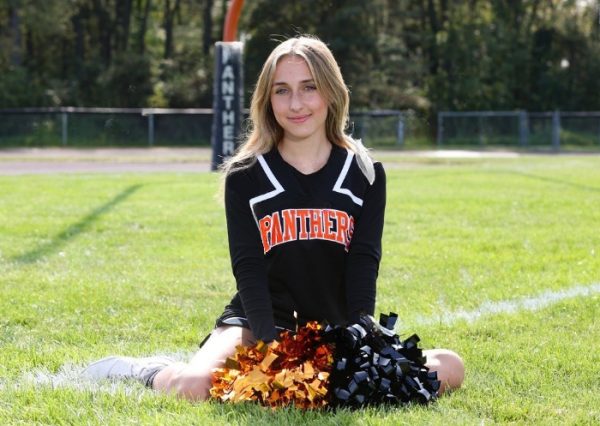It is no secret that sometimes students can find themselves falling behind on a homework assignment or two, but are certain students overwhelmed by the amount of workload and the long hours that are dedicated to being an athlete on top of maintaining a good academic life? Many refer to these students as “student-athletes” and although they seem to be having fun spiking volleyballs over nets or swiftly swishing basketballs through hoops and appear to be getting their homework done on time, what about their mental health? How do they push through the piles of homework, the struggle of keeping up with relationships, or even the attempt to stay at home and relax without all the worry in the world?
The National College Athlete Support Group (NCASG) estimates that 60% of student-athletes experience stress, 40% experience anxiety, and 25% experience depression.
Student-athletes are often expected to upkeep elite athletic performance all while balancing rigorous coursework and healthy social lives, which can lead to them feeling helpless and even later developing mental disorders as result from the stressful circumstances
“I always find myself drowning in school work and it’s become so frustrating, especially recently in the middle of our season,” sophomore Bella Glenn said, who is also a captain of the varsity competitive cheer team.
Many student-athletes also find themselves spending a lot of time talking to college coaches in desperate attempts to get recruited by top programs to be able to continue their dreams all while saving money.
Adding to the stress, joining the Big Eight league has led both the girls’ and boys’ basketball teams to have bus rides that are up to two hours long. A lot of these schools have a closer distance to other states such as Indiana and Ohio than back to Stockbridge, which leaves students with little to no time to get work done.
Junior Melina Sayre plays not only one sport but both varsity volleyball and basketball and she struggles to maintain a consistent balance in her life.
“It’s difficult because we have such long bus rides and there’s no time to get school work done, so half the time my grades are hanging by a thread,” Sayre said.
Athletes performing at the top levels such as varsity teams are also at risk of what is called “burnout,” which according to the NCAA is the absence of motivation as well as complete mental and physical exhaustion. The NCAA has found that this is common in student-athletes who have long sporting days and don’t get home until very late still having to do their homework.
“I’ve stopped putting effort into some of my school work, because I’m just really tired when I get home,” sophomore and varsity basketball player Koen Griffith said.
On the other hand, freshman Collin Stacey has not struggled with his workload while being on the varsity wrestling team. However, the wrestling team has a different schedule than most sport teams, typically having a majority of their meets on the weekend mornings, leaving wrestlers with sufficient time to get their work done.
“Normally wrestling meets are on the weekend and even for practice I still had a few hours to do my homework,” Stacey said.
Whether it’s because of the long bus rides, the late school night games, or the pressure of balancing school and sports, counselor Leslie Cummings advises all student athletes to reflect on the amount of commitments they have and to notice how they are using their time.
“A big piece of advice I have is to not overextend yourself and to put good use into your work time,” Cummings said.



